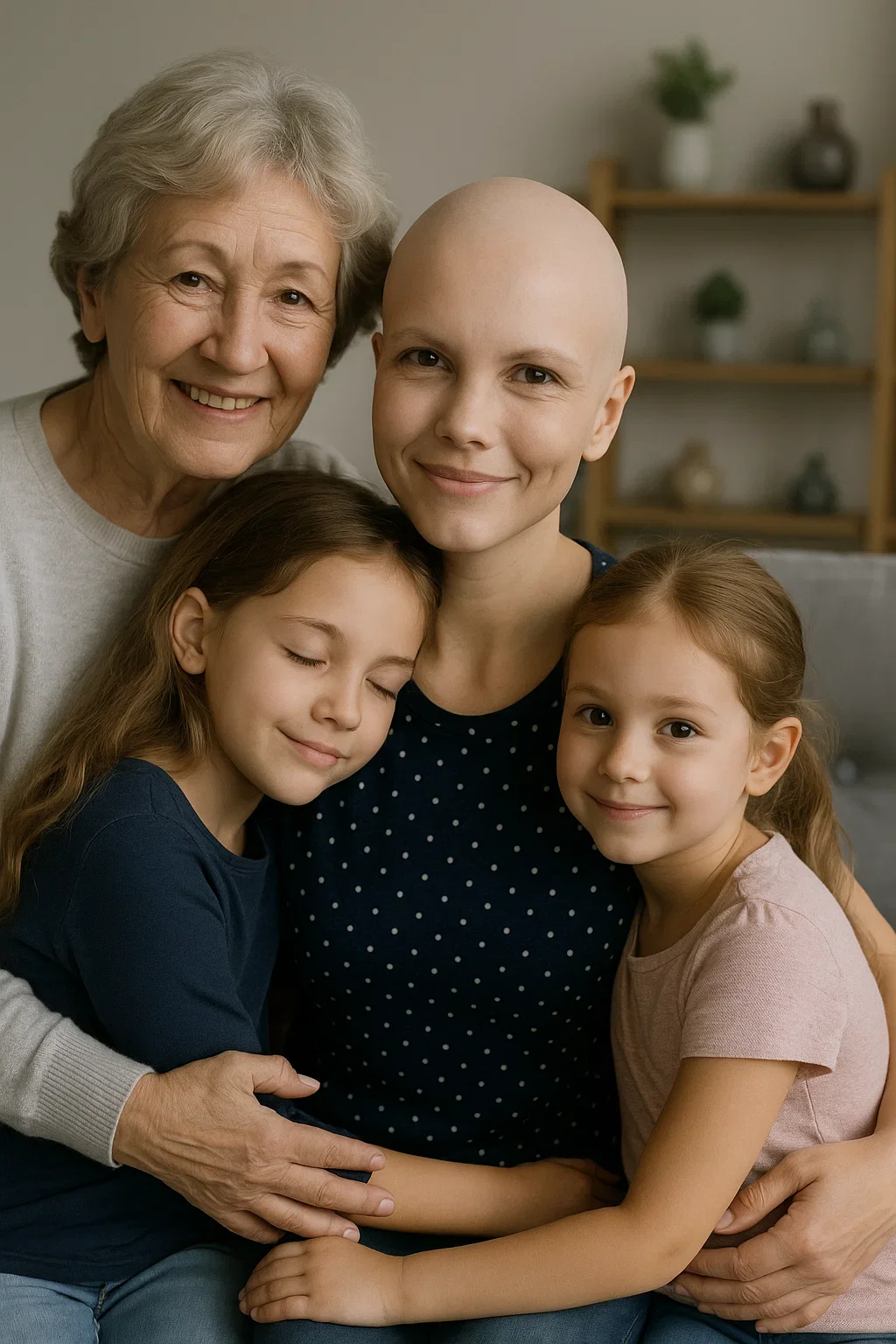Familial Breast Cancer and Genetic Testing
As pointed out in our previous blog on Breast Cancer Risk Factors, 90% of breast cancers are sporadic, i.e., happen by chance. Genetics accounts for 5-10% of breast cancers in general. However, 25% of breast cancers in women < 30 years of age is due to an inherited pathogenic gene. If you have one or more close relatives that has been diagnosed with breast or ovarian cancer, you probably want to know if that indeed does increase your risk of breast cancer in future. This blog is written to demystify the rather complex topic of familial breast cancer and prepare you for a more individualised discussion with your specialist helping you in managing your risk.
How is the risk of familial breast cancer assessed?
Women are generally classified into three categories based on their estimated future risk of developing breast cancer, Table 1. An important factor influencing this risk is family history. However, other elements—such as lifestyle choices, reproductive history, breast density and previous breast biopsy results—also play a significant role. Click the button below to calculate your personalised risk using the validated and easy-to-use risk assessment tool developed by Melbourne Comprehensive Breast Care.
| Category | Definition | How common |
|---|---|---|
| Average population-like | < 1.5× the population risk |
~95 % of women
|
| Moderate somewhat increased | 1.5–3× the population risk |
~4 % of women
|
| High substantially increased | > 3× the population risk |
~1 % of women
|
Table 1. Australian NHMRC National Breast & Ovarian Cancer Centre risk classification for familial breast cancer.
What are the screening recommendation for women in each category?
There is no one-size-fits-all approach. Screening recommendations are tailored to each individual—not only based on their risk category but also considering factors such as age, the age at which the youngest family member was diagnosed, and breast density. Medicare eligibility criteria also play an important role in the decision-making process.
When you use the Melbourne Comprehensive Breast Care tool to calculate your risk, your personalised report will also include an individualised screening recommendation based on all these factors.
What about genetic testing?
All individuals with a personal history of breast cancer are eligible for genetic testing.
For women without personal history of breast cancer the decision to proceed with genetic testing is more complex and it is important that its implications are well understood before undergoing the test. For this reason, referral to a familial breast cancer clinic or a breast surgeon is recommended for women at increased risk of familial breast cancer.
If a pathogenic mutation such as BRCA1/2 is identified through the genetic testing, the subsequent recommendation will be based on the gene identified. However, if no pathogenic mutation identified, the result of the test should be interpreted in the light of genetic test result of her affected family member(s). Therefore, a negative result could be either:
Informative: when a pathogenic mutation is identified in the affected family member. This is excellent news for the woman, as she will be back to the average population risk for breast cancer.
Non-informative: when the affected family has either not been tested or has returned a negative genetic test result. In this case a negative result does not mean that the woman is no longer at increased familial risk of breast cancer and should continue to be managed based on her original risk category. That’s why in women without a personal history of breast cancer but multiple family members with breast or ovarian cancer, we always recommended genetic testing to be done in the affected family members first.
Historically, one of the main drawbacks of genetic testing has been the potential impact of adverse results on life insurance policies, including death, total and permanent disability, trauma, and income protection cover. These implications often extended to relatives who were also required to disclose such information.
Fortunately, on 11 September 2024, the Government announced a total ban on the use of adverse genetic test results in life insurance underwriting (Link). This important reform means Australians should no longer feel discouraged from undergoing genetic testing due to concerns about its effect on their life insurance. A draft of the legislation was released in September 2025, and we look forward to seeing it implemented soon (Link).
What risk-reducing strategies are available to women at high risk of familial breast cancer?
In addition to management of modifiable risk factors for breast cancer including keeping a healthy weight, no smoking, alcohol in moderation, minimise use of combined HRT, and regular physical activity, women at high risk of familial breast cancer may be offered three options:
Intensive surveillance: Although this will not reduce the chance of breast cancer developing, but modern breast imaging is very effective in picking up breast cancers at a very early curable stage. In a study we published in 2020 no cancer was missed in 6,686 screening rounds performed over 8 years for Australian women at high risk of familial breast cancer!
Risk-reducing surgery: The most effective risk-reducing strategy is prophylactic bilateral mastectomy. This will reduce the chance of future breast cancer by 90-95%. Immediate breast reconstruction should be discussed if the woman decides to take this option.
Tamoxifen: Tamoxifen is a selective oestrogen receptor modulator that is often used as adjuvant therapy following surgery in patients with hormone positive breast cancer (see our blog on Breast Cancer Subtypes). Some women at high familial risk of breast cancer may be offered tamoxifen as a risk-reducing strategy. It offers about 50% risk-reduction depending on the type of gene mutation; however, this moderate risk reduction comes at a cost of significant side effects that should be discussed before embarking on this decision.

